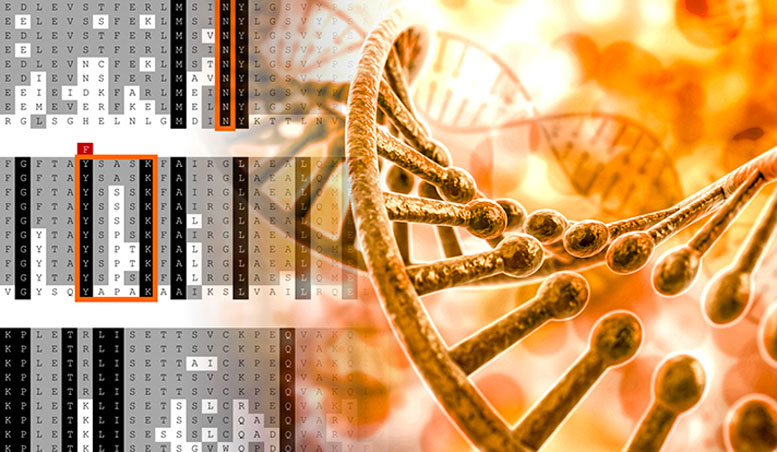
Researchers from Yale University have discovered the cause of and cure for genetic skin disorders known as the ichthyoses.
About one in 200,000 people are affected by a severe group of skin disorders known as the ichthyoses (ik-thee-oh-sees), which feature dry, scaly, or thickened skin. Although treatment with topical medications can help, there is no cure. To better understand the cause of such skin disorders, a Yale-led research team studies the genes of individuals affected by the conditions.
Mutations underlying most types of ichthyosis have been identified, but roughly 15% of cases have unexplained origins, said associate professor of dermatology and senior author Dr. Keith Choate. To uncover potential new causes, the research team initially sequenced patients’ exomes (the protein-coding portions of the genome). They identified mutations in the gene KDSR that prevent the skin from producing ceramides — fat molecules that seal the skin and protect it from water loss. Ceramides are naturally generated by the body, and are also a component of many commonly used moisturizers and cosmetics.
Interestingly, each of the study subjects has a KDSR mutation that might have been missed by standard analysis methods. Three of them have a silent substitution that usually would be considered harmless, but this particular mutation was demonstrated by the team to disrupt splicing — the assembly of gene copies that are translated into proteins.
Additionally, while some subjects had observable mutations in both copies of the gene (one inherited from each parent), two subjects initially seemed to show only one mutation, said Dr. Lynn Boyden of the Yale Department of Genetics. “This led us to look more closely,” said Boyden, the lead author on the study.
The researchers noticed that both subjects shared a common benign variation in the KDSR gene. It appeared too frequently in the population to be disease-causing, but too rare to be a coincidental observation, and was a clue that these individuals likely also shared another KDSR mutation, one that contributed to disease but wasn’t revealed by exome sequencing.
Sequencing of the entire genome of one of the subjects validated this hypothesis, exposing a large inversion that swapped the beginning of the KDSR gene with an unrelated sequence, and thereby disrupted the gene’s expression. Researchers often save money by sequencing only exomes, which are ~1% the size of genomes, but this is an example of the kinds of mutations that can be missed. “This underscores the importance of comprehensively investigating unsolved genetic diseases,” Boyden said.
The researchers also found that a commonly used acne medication, isotretinoin (Accutane), counteracts the effect of the mutations, allowing the skin to employ a different biological pathway to produce ceramides and to prevent the skin condition. “In both patients who’ve utilized it, the medication has cured the disease,” Choate said.
In addition to identifying effective treatment of a rare and disfiguring condition with an existing medication, the study results also highlight the central role of ceramides in skin health, and their value as common ingredients in many moisturizers and other cosmetic products, said the researchers.
Reference: “Mutations in KDSR Cause Recessive Progressive Symmetric Erythrokeratoderma” by Lynn M. Boyden, Nicholas G. Vincent, Jing Zhou, Ronghua Hu, Brittany G. Craiglow, Susan J. Bayliss, Ilana S. Rosman, Anne W. Lucky, Luis A. Diaz, Lowell A. Goldsmith, Amy S. Paller, Richard P. Lifton, Susan J. Baserga and Keith A. Choate, 1 June 2017, AJHG.
DOI: 10.1016/j.ajhg.2017.05.003

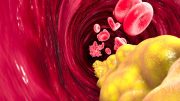
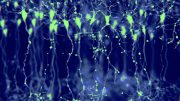
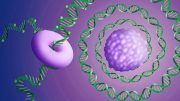
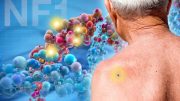
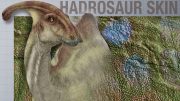

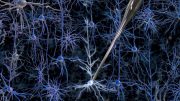
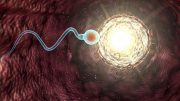
Be the first to comment on "Yale Scientists Reveal a Cure for a Group of Genetic Skin Disorders"